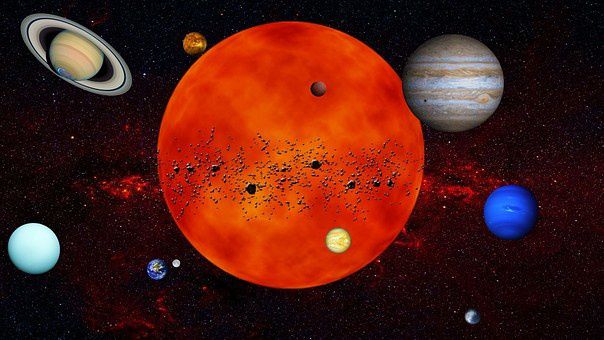
C’est une période où l’astronomie planétaire est en pleine effervescence. Et oui : depuis la surprise due à la découverte, enfin, de la 9ème planète, à partir de nouveaux calculs (Cf. brève précédente), la connaissance du système solaire est remise en question.
De plus, une nouvelle théorie donc semble affirmer que la répartition planétaire suit une règle supplémentaire à celles de la gravitation de Newton, des Lois de Kepler et même de la gravitation d’Einstein.
En fait, outre les lois définies ci-dessus, les planètes tendraient à suivre des trajectoires prédéfinies, à rejoindre des zones de stabilité. Le calcul de ces zones serait la conséquence d’une variante de l’équation de Roche où n’interviendrait que la racine cubique de l’astre central (déjà évoqué dans brève précédente) et le rayon de cet astre central (le soleil en l’occurrence).
Et d’où, aussi, la constatation de l’éloignement ou rapprochement au soleil des planètes : elles rejoignent leur zone.
Bon, j’arrête là car ça devient hard.
RENE JUSVEL
ASTRONOMY - Planets can not be anywhere!
This is a time when planetary astronomy is in full swing. And yes: since the surprise due to the discovery, finally, of the 9th planet, from new calculations (see previous brief), the knowledge of the solar system is questioned.
Moreover, a new theory seems to affirm that the planetary distribution follows a rule that is additional to those of Newton's gravitation, Kepler's Laws, and even Einstein's gravitation.
In fact, in addition to the laws defined above, the planets tend to follow predefined trajectories, to join zones of stability. The calculation of these zones would be the consequence of a variant of the Roche equation in which only the cubic root of the central star (already mentioned in previous brief) would intervene and the radius of this central star (the sun in 'occurrence).
And from where, also, the observation of the distance or approach to the sun of the planets: they join their zone.
Well, I stop there because it becomes hard.

